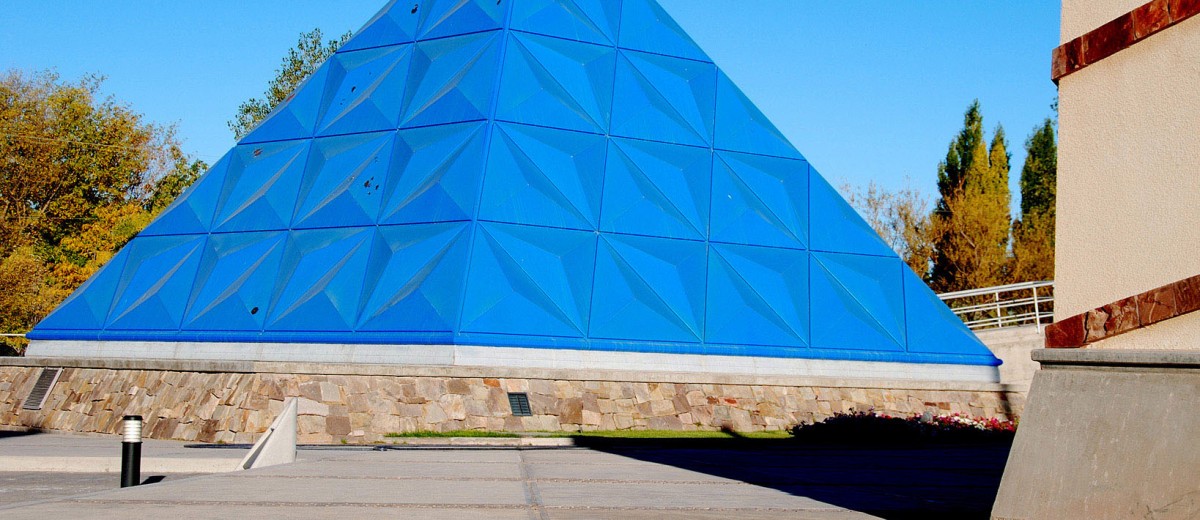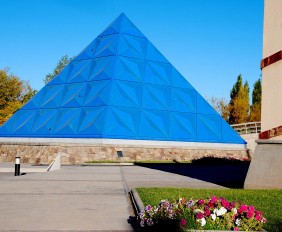This district that belongs to Northern Patagonia stands out due to its unique landscapes.
Visitors can also go horse-back riding and mountain biking. They may visit Valle Hermoso or Valle Noble, peep down precipices, and marvel at outdoor hot water baths in Cajon Grande or Baños de Azufre (Sulfur water baths), and even relax in Los Molles hot water springs.
In January-February, the National Goat Festival takes place, during which visitors will have the chance to try the country’s best grilled goat.
When winter comes, visitors may spend a few unforgettable days at Las Leñas Ski Resort or attend the Snow Festival in July.
Other options are: world-famous Malargüe Museum featuring 150-million year dinosaur fossils and items of great archeological and paleontological value; Rufino Ortega windmill, the first 20th century industrial facility, Malargüe fort, a valuable monument made of volcanic rock, 120-mmillion year Petrified Wood or El Chihuido Waterfall.
Pierre Auger cosmic rays Observatory. No Malargüe tour operator could leave Pierre Auger cosmic rays Observatory out as it is a truly unforgettable experience for visitors. Cosmic rays are particles falling down from space. Nobody knows the origin of ultra-energetic cosmic rays. In an attempt to solve this mystery, Pierre Auger observatory will measure particle cascades produced every time a cosmic ray crashes against higher atmosphere molecules.
Auger observatory is located in two sites: its Northern hemisphere location is Utah (USA) and its southern hemisphere one is Malargüe. It is worth mentioning that around 250 scientists from more than 30 universities in 19 countries are working there.
Planetarium Complex. The work is a collection of four buildings and volumetrically are ordered in a matrix of radial generation design. Outdoor spaces compose pedestriansareas with green and dry spaces, with tours organized to incourage meetings and visits of particular elements as sundials, fountains and surrounding nature
Esta entrada también está disponible en: Spanish Portuguese (Brazil)










¿Qué te pareció la publicación?